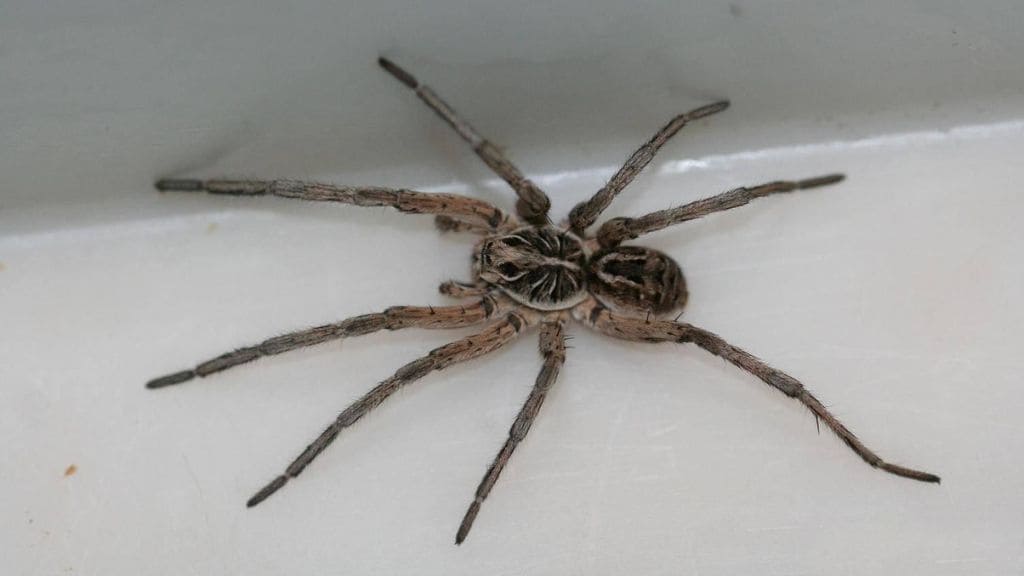Are you searching for a truly unique pet that breaks away from the usual furry or feathered companions? If so, the Giant Wolf Spider might just be the extraordinary addition you’re looking for. With its impressive size and predatory prowess, this spider stands out in the world of pet invertebrates, offering an intriguing alternative for enthusiasts seeking something different.
Unlike many spiders that rely on webs to capture prey, the Giant Wolf Spider is an active hunter, known for its agility and keen vision. Its striking appearance and formidable hunting skills make it a fascinating creature to observe. This spider’s behavior and characteristics offer a glimpse into the life of one of nature’s more intense predators, adding an element of excitement to your pet-keeping experience.
Before you decide to bring a Giant Wolf Spider into your home, it’s important to understand its specific needs and behaviors. From setting up the right habitat to handling and care, this guide will provide you with all the essential information to ensure that both you and your new eight-legged friend have a rewarding experience. Dive in to discover whether the Giant Wolf Spider is the perfect match for your pet collection.
Understanding the Giant Wolf Spider

Overview of the Hogna Wolf Spider
The Giant Wolf Spider belongs to the genus Hogna, part of the Lycosidae family. Unlike tarantulas, which are megalomorphs with a distinct cluster of eyes, Hogna spiders are aeroneomorphs—a subgroup of the true spiders or advanced spiders. These spiders are characterized by having multiple eyes arranged in various patterns and fangs that cross each other, rather than fold parallel.
Physical Characteristics
The Giant Wolf Spider is renowned for its size, with some species reaching up to 2 inches in body length and a leg span that can extend up to 6 inches. Their coloration can vary, but they typically exhibit shades of brown, grey, and black, which provide effective camouflage against their natural habitat.
Behavioral Traits
These spiders are active hunters, unlike many other spiders that rely on webs to catch prey. The Giant Wolf Spider employs a strategy of actively pursuing and ambushing its prey, which can include insects and small arthropods.
Comparing the Giant Wolf Spider to Other Pet Invertebrates
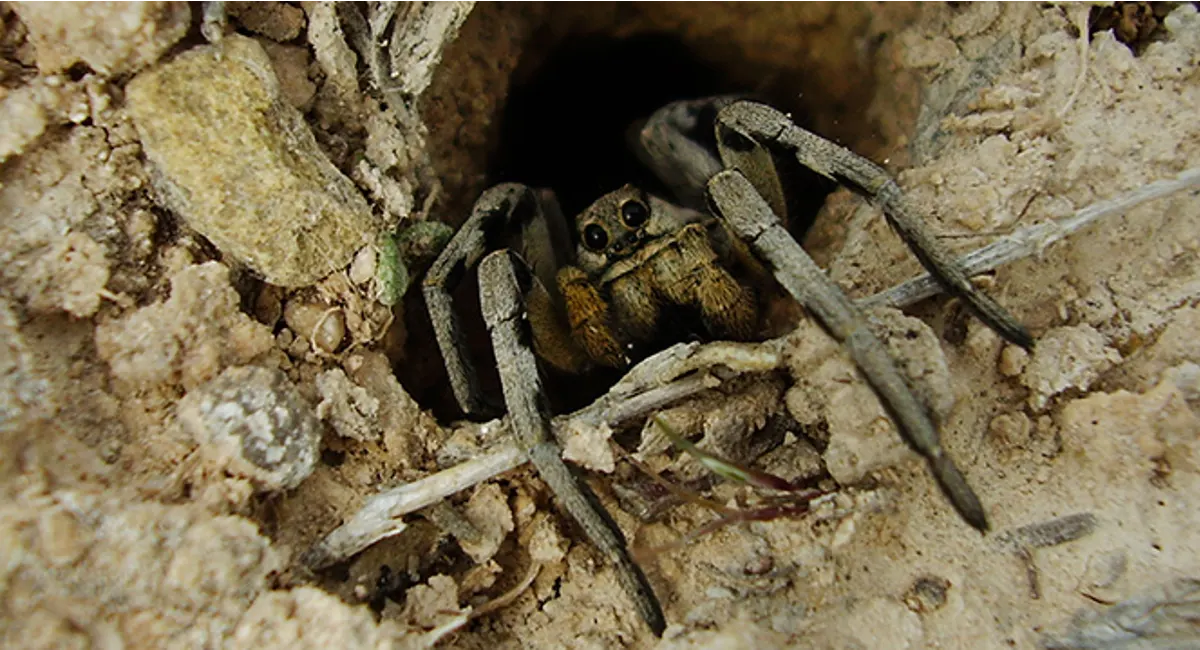
Tarantulas vs. Wolf Spiders
While tarantulas are often considered the standard for pet spiders, the Giant Wolf Spider offers a different experience. Tarantulas are generally more docile and are known for their slow movements, making them easier to handle. In contrast, the Giant Wolf Spider is a fast and aggressive predator, which can make handling more challenging but also more exciting for enthusiasts.
Other Popular Invertebrates
Other popular pet invertebrates include Scorpions, Stick Insects, and Jumping Spiders. Each of these creatures has its own set of care requirements and behavioral traits. For example, scorpions require a specific habitat setup with controlled humidity, while stick insects are low-maintenance and primarily herbivorous.
Care Requirements for the Giant Wolf Spider

Enclosure Setup
Setting up a suitable enclosure for a Giant Wolf Spider involves providing ample ground space. A 10-gallon terrarium or similar-sized enclosure is ideal. The substrate should be a mix of sand and eco-earth to allow for occasional burrowing. It’s essential to include a secure lid to prevent escapes, as these spiders are agile and can find their way out of inadequately secured enclosures.
Temperature and Humidity
Giant Wolf Spiders are relatively hardy and can thrive in room temperature environments. However, if you live in a particularly cold area, a heat pad might be necessary to maintain a suitable temperature. Humidity is less critical but should be monitored to prevent overly dry conditions that could impact the spider’s health.
Feeding and Diet
Feeding the Giant Wolf Spider involves providing a diet of appropriately sized insects, such as crickets or mealworms. The prey should be smaller than the spider to ensure it can be consumed easily. Monitoring the spider’s abdomen can indicate when it is hungry, as it will shrink in size when food is needed.
Handling and Interaction
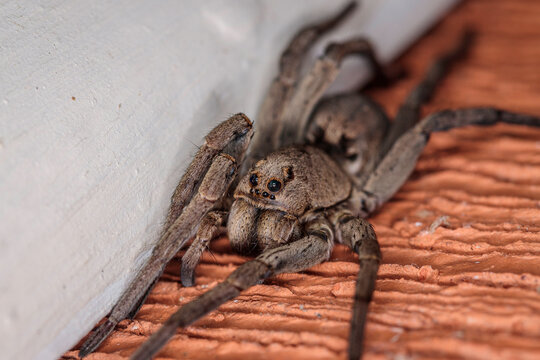
Handleability
Handling the Giant Wolf Spider is not recommended for beginners or those looking for a pet with a high level of interaction. These spiders are very fast and can be difficult to manage if they escape. While they are not particularly aggressive, their speed and potential for biting make them less suitable for frequent handling.
Observational Enjoyment
Despite their handling difficulties, Giant Wolf Spiders are fascinating to observe. Their active hunting behavior and impressive visual capabilities provide a unique and engaging experience. Watching them stalk and capture prey can be both educational and thrilling.
Health and Longevity
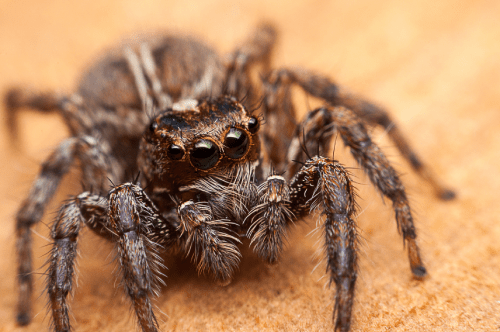
Health Concerns
Giant Wolf Spiders are generally robust, but they can experience health issues related to improper habitat conditions or feeding. Ensuring the enclosure is clean and the spider is fed a balanced diet will help maintain its health. It’s also important to monitor for signs of disease or injury, particularly during molting periods.
Lifespan
The lifespan of a Giant Wolf Spider varies depending on the species and environmental conditions. Generally, they live for a few years, with females often living longer than males. While their lifespan is shorter compared to some tarantulas, they still offer a worthwhile and dynamic pet experience.
Availability and Cost

Finding a Giant Wolf Spider
Giant Wolf Spiders can be found through specialty pet stores or online retailers. They are not as commonly available as some other invertebrates, but they are still accessible through certain suppliers. Captive-bred specimens are preferable to wild-caught ones, as they tend to be healthier and more adaptable to life in captivity.
Cost of Ownership
The upfront costs for acquiring a Giant Wolf Spider are relatively low compared to other pets. Prices for the spider itself typically range from $30 to $50. The cost of setting up an enclosure and maintaining it is also minimal, making this an affordable option for those interested in pet invertebrates.
Personal Experience and Reflections
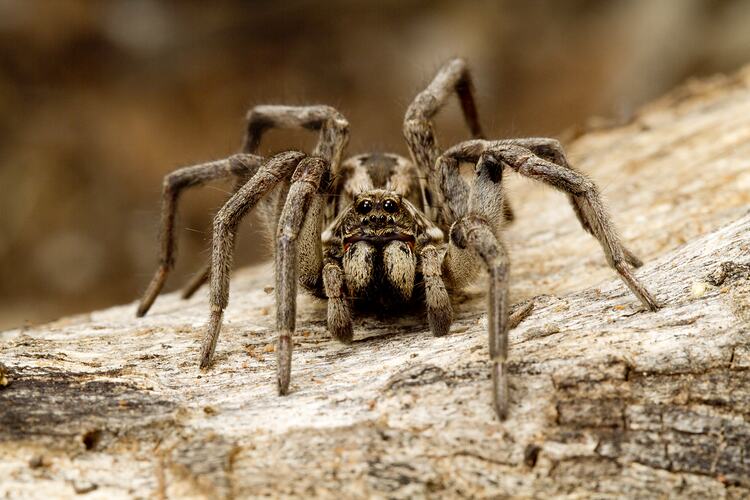
My Journey with Giant Wolf Spiders
As someone who has spent years working with and studying various spiders, I have found the Giant Wolf Spider to be a particularly compelling species. Their dynamic behavior and impressive hunting skills offer a unique pet experience that is different from the more passive tarantulas.
Why They Might Be the Best Pet Invertebrate
For those who appreciate an active and engaging pet, the Giant Wolf Spider could be considered the best pet invertebrate. Their fascinating behavior and relatively low care requirements make them an excellent choice for enthusiasts who enjoy observing predatory spiders.
FAQs
1. What is a Giant Wolf Spider?
The Giant Wolf Spider, belonging to the genus Hogna, is a large, active predator known for its impressive size and hunting abilities. Unlike many other spiders that use webs to catch prey, the Giant Wolf Spider actively pursues and ambushes its food.
2. How big do Giant Wolf Spiders get?
Giant Wolf Spiders can grow up to 2 inches in body length, with a leg span that can extend up to 6 inches. This makes them one of the larger spider species commonly kept as pets.
3. Are Giant Wolf Spiders dangerous to humans?
Giant Wolf Spiders are not considered dangerous to humans. While they can bite if provoked, their bites are generally not harmful and typically cause only mild irritation. However, it’s best to avoid handling them excessively to prevent potential bites.
4. How should I set up an enclosure for a Giant Wolf Spider?
A suitable enclosure for a Giant Wolf Spider is a 10-gallon terrarium or similar-sized tank. Use a substrate mix of sand and eco-earth, provide hiding spots, and ensure the enclosure has a secure lid to prevent escapes. Maintain a room temperature environment, with occasional use of a heat pad if needed.
5. What do Giant Wolf Spiders eat?
Giant Wolf Spiders primarily feed on insects such as crickets, mealworms, and other small arthropods. The prey should be appropriately sized to ensure the spider can consume it easily. Regular feeding helps keep the spider healthy and active.
Conclusion
The Giant Wolf Spider offers a distinctive and exciting pet experience for those interested in invertebrates. While they may not be the easiest to handle, their impressive predatory skills, low maintenance needs, and affordability make them a worthwhile consideration. For anyone looking to explore the world of pet spiders, the Giant Wolf Spider presents a unique opportunity to witness one of nature’s most formidable hunters up close.

